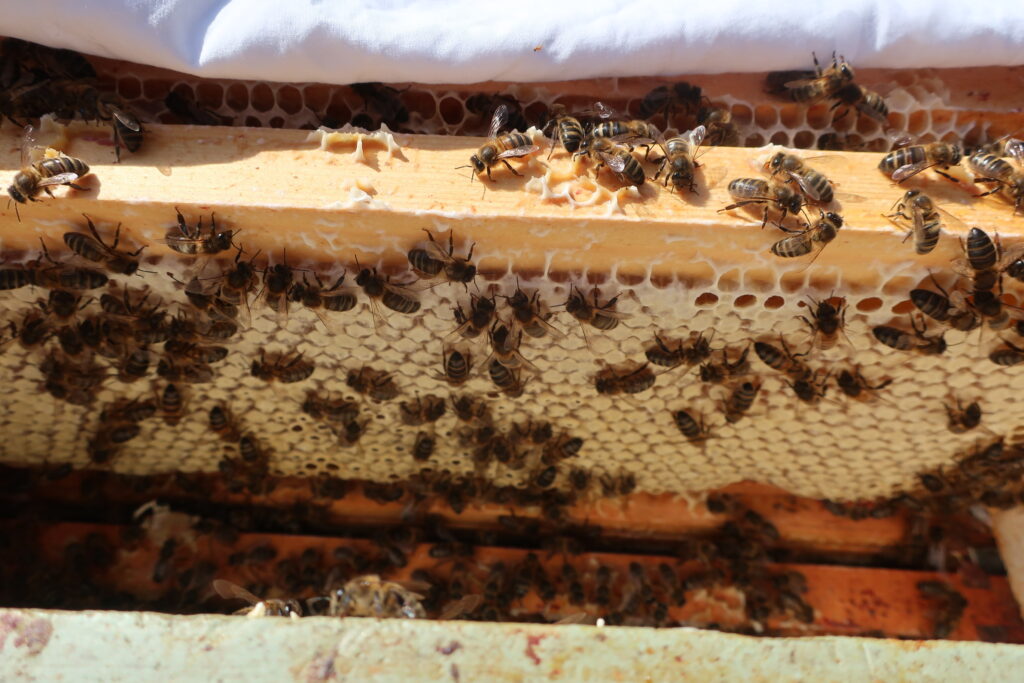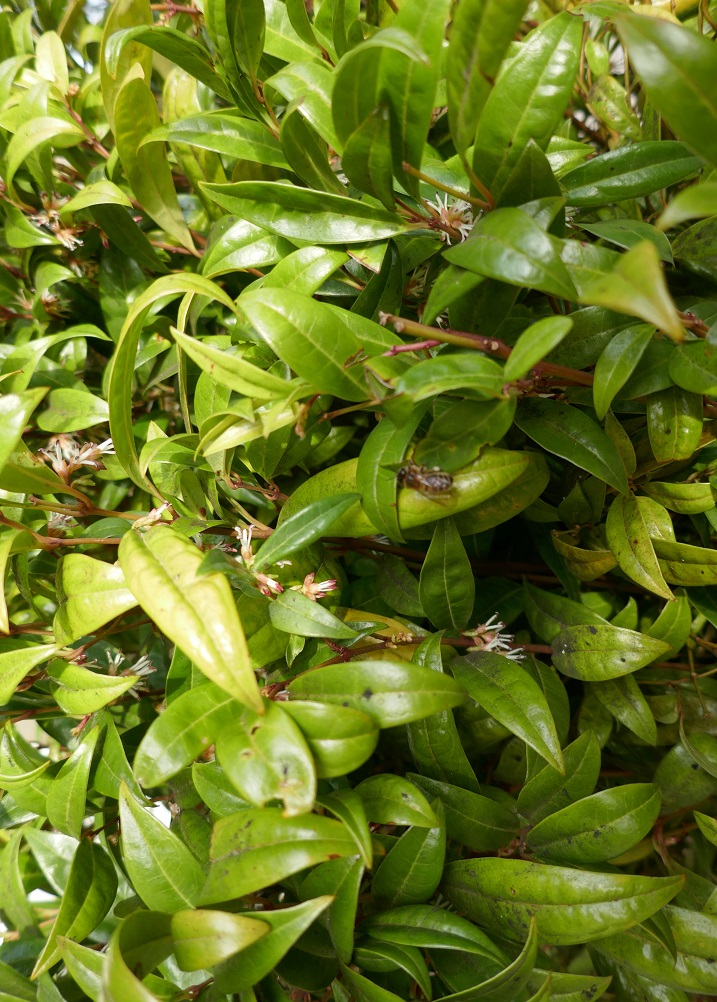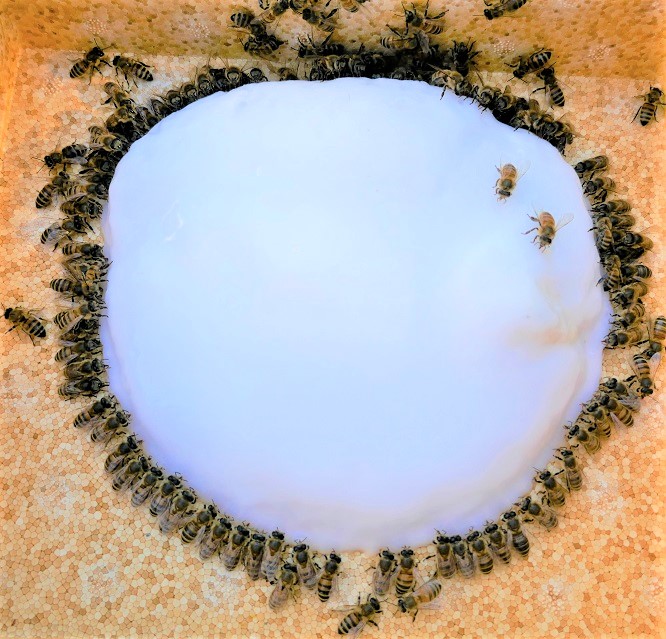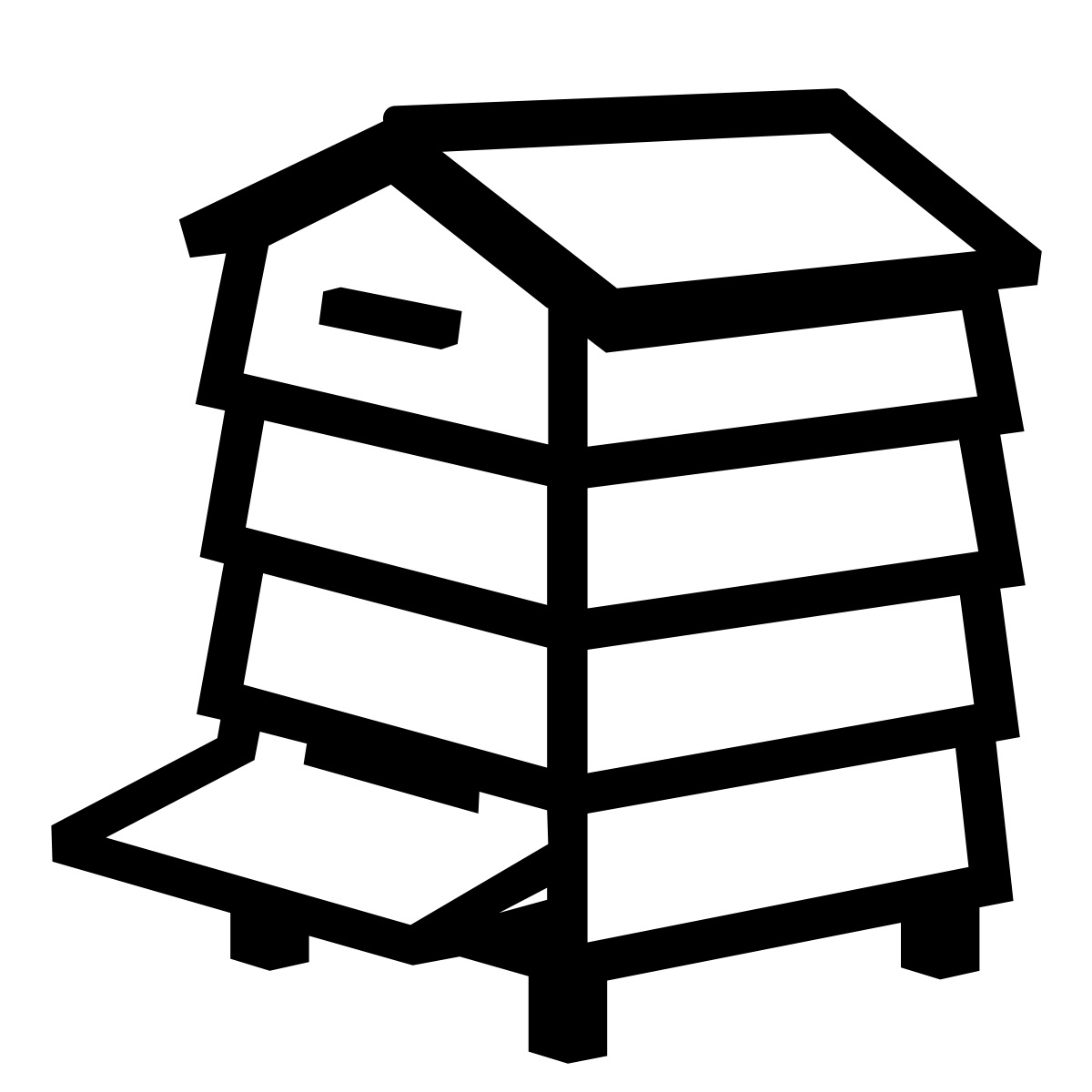
Introduction.

The temperature has risen dramatically to 13°C after nearly two weeks of freezing days below zero. The other day it was minus 8°C and the wood burning stove was working overtime just to heat the radiators so it failed to heat the water. The condensation on the insides of the bedroom windows was frozen solid all day. Now the river Nairn is working up to full spate as melt water from the moors gets into it further upstream raising river levels and eroding further its banks. The sparkly winter wonderland vanished overnight and the bees are out today wondering what to forage on–nothing much apart from sweet box which is covered in bees.
Welcome to all you lovely new subscribers who signed up recently for weekly blog posts. Thank you everyone who just generously donated towards the site maintenance and security. This means a lot to bloggers who usually research and write for beekeepers for free but have to pay fees to use the WordPress site.
A special thank you to Jonathan who sponsored today’s blog and prompted the question? ‘I was wondering if you have ever researched sugar fed bees vs leaving honey on for the winter? Intuitively it would seem that honeybees are best with their own honey but what does the science say?’
Up until now, I hadn’t researched it, so, thank you, Jonathan. I too have instinctively felt that feeding honey must be better for bees than artificial feeds. But then, I am not a bee farmer and can afford to leave the bees with the honey stored in the brood box and the full shallow super above. I’ve enjoyed an almost 100% overwintering success rate for my small apiary of between 6-12 colonies over the last ten years. I’ve not used synthetic varroacides over that time, nor have I taken off all the honey and fed refined white granulated sugar syrup (sucrose), or anything else, at the end of summer. I often supplementary feed a nuclei or colony with low stores early in the new season though.
Feeding Bees Sugar.

For over a hundred years, honey bees have traditionally been artificially fed at the end of summer to help them build winter stores. Many survived winter so what’s the big deal now about artificial feeds? Well, more challenging problems exist today than they did back in the good old days. Problems revolve around queen failure and subsequent colony failure which may be attributed to many factors including: pesticides, diseases, varroa, lack of forage, competition for forage, poor nutrition, unstable temperatures, climate change, consumer demands, honey fraud, and many more including poor beekeeping management. Some feeds are not what they used to be either.
Artificial Feeds.
Before we look at current research, let’s clear up a couple of things about the artificial feeds used in beekeeping. Everyone knows about making up sucrose syrup using refined white sugar, but what about invert syrup? What is it and how is it made? Mostly beekeepers buy in invert syrup, rather than make it themselves, and a common brand in the UK is Ambrosia. It is made commercially from sucrose by adding an acid such as hydrochloric or acetic acid. Or, the enzyme invertase may be added instead, and it is a useful feed for bees at any time of year because it saves them spending energy on using their own supplies of invertase to convert sucrose to glucose and fructose, and evaporating the water. Invert syrup is less likely to cause bee gut upsets. However, Aston and Bucknall1 warn us that the shelf life of partly inverted sucrose syrup stored at room temperature at 15-25°C is 6 months. There are risks around toxin build- up from increasing levels of 5-hydroxymethylfurfural (HMF).
HMF.
HMF is toxic to honeybees and is formed when sugars, especially fructose, are heated. This can occur during storage in a warm place, or when sugars are deliberately heated during food processing. Interestingly, if bees are fed back old honey, stored for even just a couple of years, the HMF may rise to over the accepted level (40mg/kg). A beekeeping friend of mine tested honey stored in old combs and can testify to this as the results came back from the lab showing unacceptably high levels of HMF.
Research tells us that if a honey bee is fed with honey containing more than 125ppm HMF its lifespan is halved. However, we do not know yet how larval development is affected by these toxins. Currently, we think that levels of up to 30mg/kg (30ppm) are safe for adult bees and larvae but over these levels they become toxic1.
High Fructose Corn Syrup.
I wonder how many of you use high fructose corn syrup (HFCS)? It is also known as isoglucose and is fairly widely used by bee farmers in the US to stimulate colonies for spring pollination contracts. It may be a safe feed in this situation, but shortly you will understand why it is not an appropriate autumn feed for some colonies.
How is corn syrup made? Also known as maize, corn (Zea Mays) is taken wet after harvesting to the factory where the corn starch is extracted. Starch is mixed with water and natural enzymes are added so that sucrose is converted into glucose and fructose. At this stage, the levels of glucose and fructose are almost equal at 42% fructose: 55% glucose. However, fructose is sweeter than glucose, so, if the syrup become fructose- dominant smaller amounts are needed in the food industry and the product is more valuable. So, the factory process continues converting glucose to fructose until a 90% fructose:10% glucose concentration is reached. Different concentrations of fructose can be marketed and by combining the two different concentrations referred to above, a 55% fructose solution known as HFCS-55 is manufactured and marketed as a bee feed.
Again, Aston and Bucknall1 advise of the dangers associated with heat damage to HFCS during transport in tankers and during hot weather because HMF will start forming at 45°C. They warn that high corn starch can be toxic along with higher saccharides, acids and enzymes. When corn syrup is stored in the comb it often granulates making it less useful as winter feed. They suggest that it should only be fed to strong healthy colonies that must already have good fat body tissue development, protein supplies, and enough bees to cover the frames and prevent crystallisation.
Artificial Feeds Researched.
There have been a number of previous studies made on the effects of artificial carbohydrate feeding at colony and individual bee level with most observing little differences between types of feeds. However, these artificial feeds were not compared to honey so Quinlan et al. 2set up a field study using randomised feeding experiments on 48 colonies. Four beekeepers–each with 12 colonies in the same apiary–were recruited to assist. At the end of the study, scientists measured the physiological effects on feeding on colony survival, worker lipid content stored in fat body tissue, and the expression of brain levels of genes associated with bee health.
In each apiary, three colonies were fed with a 2:1 sucrose syrup or inverted syrup, three received HFCS, and three fed on honey. They were all treated for varroa at the end of summer and only the honey-fed control colonies were left with their own honey. All other colonies had capped honey harvested in July.
Of the 48 colonies half (24) survived winter. The honey- fed group had the highest survival percentage (67%), followed by the invert syrup group (58%), Sucrose group (42%), and HFCS group (33%) but the results were not statistically significant which means that no solid conclusions could be drawn from this work, and only strong suggestions were offered by the researchers. Had the study groups been larger with more colonies in each one, the results may have been clearly statistically significant.
The honey fed group had significantly higher lipid content, and, along with the invert syrup group, had larger fat body tissue content compared with the sucrose and HFCS groups. There were also differences in gene expression throughout the groups, and the researchers suggest that honey helps protect bees because it has compounds that are missing from other feeds. More research is needed but the scientists suggest that beekeepers should carefully consider the trade-offs between harvesting all the honey and replacing it with artificial feeds at the end of the season. Their work suggests that artificial diets many not support colony and individual bee health as well as their own pure honey.
Gene Expression.
Wheeler et al.3 studied the differences in gene expression between different diets of honey, sucrose & HFCS. They recognised that honey bee malnutrition is a real threat in situations where there are too many colonies of honey bees and too little available natural forage. The most serious results of malnutrition are impaired immune systems and increased susceptibility to pesticides.
Honey upregulates genes that help honey bees metabolise pesticides, and genes that are involved in phenylalanine and tyrosine metabolism. These amino acids are also linked to neurotransmitters that send messages to bee brains which is all fairly complex but honey- fed bees have better gene expression than bees fed either sucrose or HFCS. Hundreds of differences in gene expression were found between the diets.
Conclusion.
I hope that you found this evidence as useful as I have. We know that honey provides components that no other feed can, and if we have to artificially feed bees we now know that invert syrup is better for bees than sucrose or HFCS. We can make better informed decisions about preparing colonies for winter and prioritise what matters most to us as individual beekeepers. We can also be sure that further research will provide new information soon. Anyone wanting to investigate for themselves can use Google Scholar, ProQuest, PubMed and many other online sources to access research papers.
References:
1Aston, D., & Bucknall, S. 2021, Good Nutrition Good Bees, Northern Bee Books
2Gabriela Quinlan, Mehmet Ali Döke, Yarira Ortiz-Alvarado, Norma Rodriguez-Gomez, Yilmaz Berk Koru, Robyn Underwood, Carbohydrate nutrition associated with health of overwintering honey bees, Journal of Insect Science, Volume 23, Issue 6, November 2023, 16, https://doi.org/10.1093/jisesa/iead084
Wheeler, M., Robinson, G. Diet-dependent gene expression in honey bees: honey vs. sucrose or high fructose corn syrup. Sci Rep 4, 5726 (2014). https://doi.org/10.1038/srep05726

Very interesting research, thanks. I always leave plenty of their own honey for them, but put a couple of home made fondant cakes in for them as well over winter, “just in case” they need it. But those sugar cakes are seldom finished when Spring comes.
Hello Paul. Nice to hear from you again and learn about your management. Best wishes, Ann.
Great read Ann, I will now look at inverting my syrup before feeding. Thank you. F
Hello Fred, Thanks for commenting and sharing your plans. Best wishes, Ann.
Thank you for the very interesting article on a hot subject Ann. If the bees are not having to work on using their own supplies of invertase to convert sucrose to glucose and fructose (something they have been doing for eons) I am wondering if this will weaken this ability or change this mechanism in the long run, change their evolutionary process to something less. It’ is really looking into the far future when we are not going to be here and that makes it more challenging to research or know for now but I wonder how science could take this into account especially having in mind these beautiful creatures have survived because they were independent and I question how dependent we are making them or if we have little effect. Just some thoughts.
Hello Maria. Thank you for your comments and thoughts. My gut feeling on this is that honey bees have so much natural converting to do, once the season starts and the nectar flows, that it will probably not change things too much in that area to give a pre-winter feed. We know that honey is best for them, so at least that has been proven. As to the future, well that’s quite mind-blowing really.Best wishes, Ann.
Dorian Pritchard in his recent book Genetic Priorities for Conservatism of Native Honey Bees expresses concern that so many colonies are fed with pure white sugar, which lacks all the essential nutritional components of honey that bees need to stay healthy. The quantities given are well into the toxic range and could be doing positive harm.
On no evidence other than personal experience I agree with him.
In my apiaries I leave one full super and at least 4 frames of capped stores in the 14×12 brood boxes for winter stores, and I use very little liquid sugar feed or fondant. There are 2 exceptions: when I give stimulative feeding of thin syrup and pollen supplement in the autumn to encourage the queen to produce winter bees; and during trials of my Fit2Fight Asian Hornet Apiary Management System to simulate the period of predation when the bees are in ‘lockdown’ during foraging paralysis. I treat for varroa with soft miticide and Oxalic acid if needed, and test for Nosema in the late summer after the honey harvest. For the past 4 years I have had no winter or spring losses and consistently good honey harvests.
Hello Alan. Thank you for your information, thoughts and comments. What do you do in late summer if you do find Vairimorpha spp. (formerly Nosema spp.)?
Best wishes,
Ann
Morning Ann, I would put them on clean comb in a clean brood box, give them a feed of invert syrup, move them into the ‘Sick Bay’ aka my quarantine apiary where I can keep an eye on them, and hope for the best.
Thank you for that good piece of info and advice, Alan.
Interesting . Feeding 2sugar to 1 water is a strong mix other research shows feeding sugar syrup at nectar levels works better for the bees given that the weather is suitable at the time of feeding.
.
Hello Angus, thank you for commenting and sharing information. I agree with you that different feeds are used for different beekeeper management strategies. It would be interesting to read the research papers you mention. Best wishes, Ann.
Very interesting, thank you. I have left mine with their own honey for several years now, much less effort, less expense, no risk of robbing and no risk of contamination of next year’s honey with left over syrup. Your photo looks like Sweet Box, Sarcococca confusa which is in flower now. Common Box, Buxus sempervirens flowers later in the spring but is also loved by bees (if left unpruned.)
Hello Amanda, Thank you for commenting and sharing your winter feeding management with us. You are quite correct about the sweet box Latin name. I looked up the wrong plant when I was writing it out for clarity. Thanks for telling me, I shall change that now. Best wishes, Ann.
Hi Ann,
I understand that plenty of research (and common sense) suggests that the complex mix of sugars and micronutrients in honey is better for the bees than plain old sucrose, whether inverted or not. In practise, even in commercial beekeeping, the colonies that go into winter tend to have substantial stores of honey in the brood box, and syrup feeding is a top-up for any colonies that are under-weight.
To make good winter bees the colony will need proteins and lipids from pollen. However, it is when the incoming pollen stops that the switch is flipped, and brood grows into the fat winter bees rather than foragers. The amount of vitellogenin (Vg) and juvenile hormone (JH) in the bees reverses. High Vg/low JH makes the winter bees, whereas High JH/low Vg makes summer bees. So called “winter bees” can happen anytime there is a dearth (pollen shortage) e.g. in California in the hot summers – the pollen stops, the switch is flipped, Vg goes up and JH goes down.
So, well nourished colonies prior to winter do well over winter. No surprise there. If some syrup is added to boost winter stores where there is insufficient honey, while not necessarily perfect, it’s not likely to be detrimental in my opinion. Not as detrimental as starvation, for sure. Many bee farmers do this and have winter losses below 10% pa, good honey crops, etc. The scary numbers coming out of the USA are not seen anywhere else, I don’t think.
The interesting thing about the Quinlan study is the box plots on Fig.2 which shows that inverted sucrose (i.e. glucose + fructose) and high fructose corn syrup both caused the expression of high levels of JH and low Vg. Sucrose, however, did the opposite (no JH and high Vg). I don’t know if this has been replicated elsewhere, but it suggests that sucrose would be more appropriate than inverted sugar as a winter feed, whereas the invert syrup would be a better (stimulative) spring feed. It could be that other factors were at play if this is a weird result not seen in other studies. In this paper the gene expression data is probably more revealing than winter mortality, as the latter could have been caused by many factors other than diet.
Sorry for the essay!
best wishes, Steve (:=
Hello, Steve. Thank you for reading the blog and going over the research for yourself in great detail. I was hoping that you would share your thoughts with us so I am glad to read you letter.It is really useful to hear your perspective as a bee farmer, and author of ‘Interviews with Beekeepers’ where you write about visiting bee farmers across the globe. I really enjoyed that book and learning about how honey is produced on a large scale in other countries. I think that a lot more work has still to be done to address the cause of such heavy winter bee losses in the US. We must be doing something differently over here and it is reassuring that you report many UK bee farmers have winter losses below 10%. Best wishes, Ann.